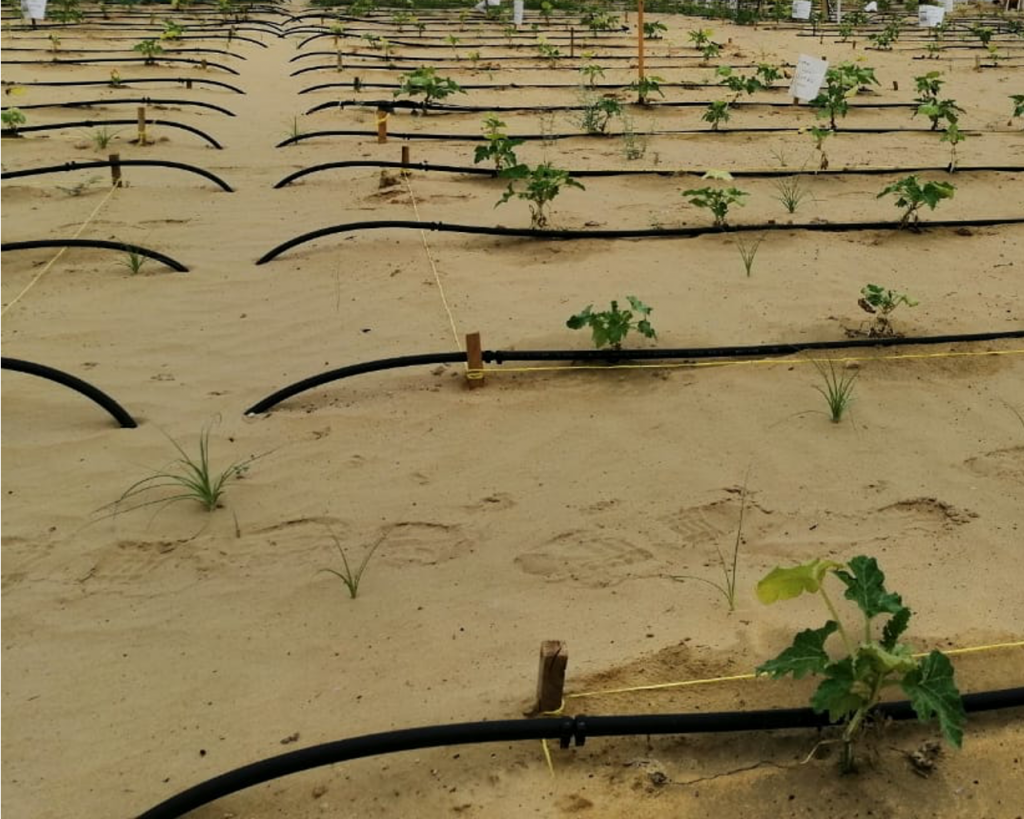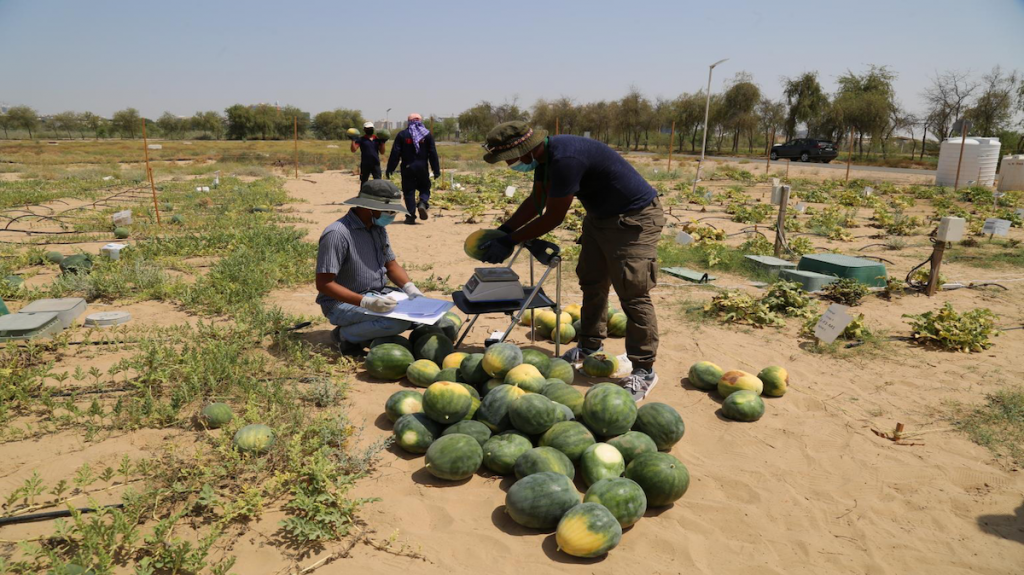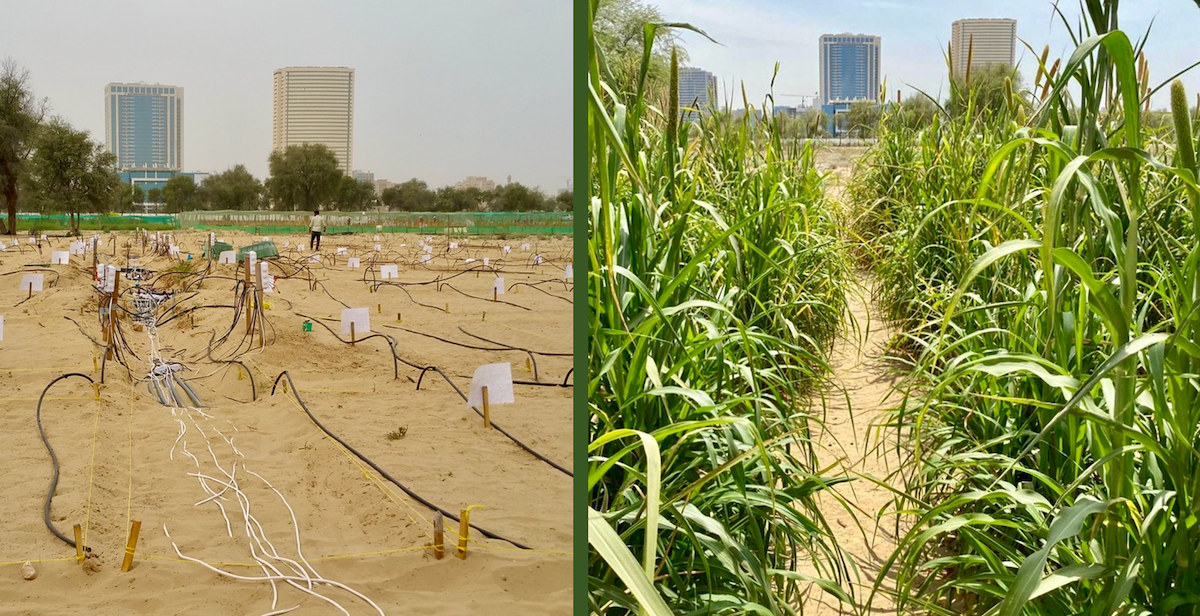“In desert regions there may be 10 or 20 different words for sand,” says Ole Kristian Silversten, CEO of Desert Control, a climate tech company that’s re-greening drylands by turning desert sand into fertile soil. “It’s vastly complex”.
We tend to think of drylands as being great stretches of lifeless sand. But many are covered in grass and other vegetation. In fact, only 10% of drylands are actually sandy. Drylands support 44% of the world’s cultivation and lock in 46% of the world’s carbon.
You might be wondering how this will affect you. But the climate is changing and we will all feel the consequences. Just think about where your food comes from.
Because all over the planet, drylands are degrading. With less rainfall, soil is getting sandier. That’s why Ole set out to find a way to cope with increasing water scarcity.
Re-greening drylands with Liquid Nanoclay
Farmers spray Desert Control’s Liquid Nanoclay directly onto their soil. The clay particles bind with soil or sand, creating better water retention and allowing for up to 50% less water use. One treatment should last five years.
Liquid Nanoclay is made out of sustainably sourced clay. But what about the impact of quarrying the raw materials? Compared to sand, another product which is routinely mined from the earth, clay is massively available.
Ole says his company goes out of its way to support sustainable practices. If the local option is no good, he says, shipping it in from a more ethical company may be better for the environment.
“We wanted to do testing in the harshest environments which is why we went to the desert,” says Ole. It certainly worked.
Turning sand into fertile soil can normally take up to 15 years. But Desert Control managed to improve the soil in just seven hours. Within weeks, watermelons, millet, and courgettes were growing in the desert.


Moving out of the desert
Now the company is looking at bringing their product to other parts of the world, areas which may not be desert, but are still impacted by water shortages. There is no one size fits all system. Which is why Desert Control is building a database library. This library will be an important part of how the company customises products for use on different types of land in the future.
It’s clear that we need to stay engaged with what’s going on if we want to leave the world in a better state than that in which we found it. Sign up for regular emails from Desert Control here and keep up to date with the re-greening of our earth.

